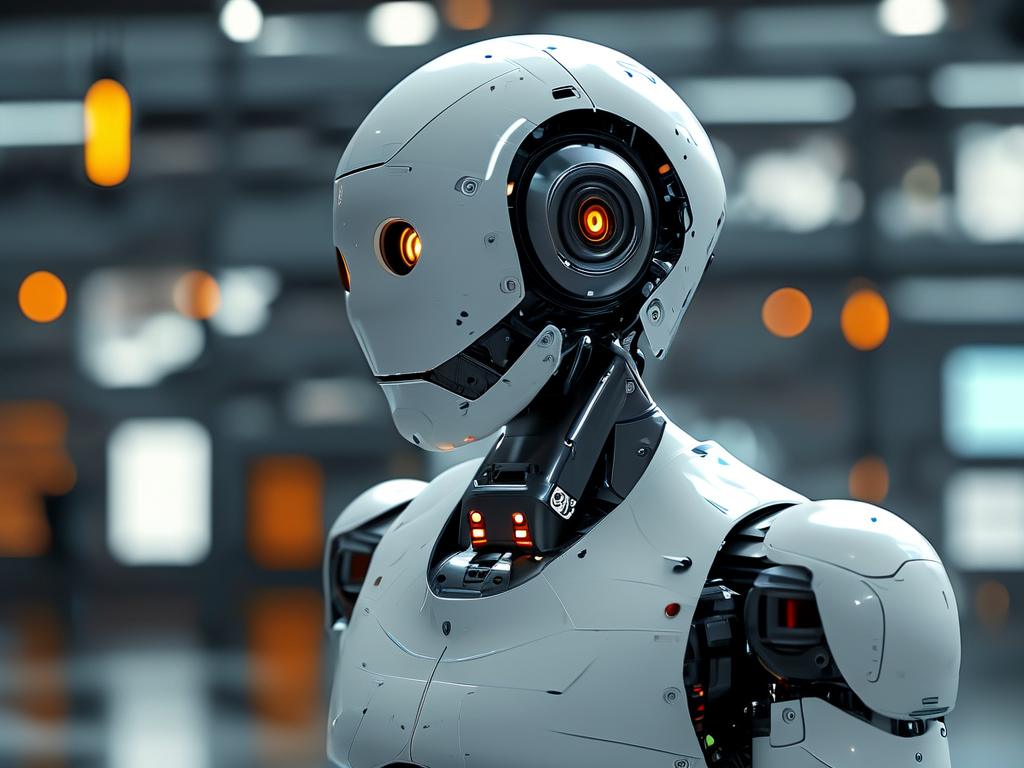The integration of artificial intelligence into office workflows has revolutionized how businesses operate. Among the most impactful innovations are AI-driven automation deployment tools, which streamline repetitive tasks, enhance productivity, and reduce human error. These tools are designed to adapt to diverse organizational needs, enabling companies to focus on strategic goals rather than manual processes.

At their core, AI office automation tools leverage machine learning algorithms to analyze patterns in data, predict user behavior, and execute tasks autonomously. For example, a tool might automatically categorize incoming emails, prioritize customer support tickets, or generate reports by extracting insights from raw data. Unlike traditional software, these systems improve over time by learning from user interactions, ensuring continuous optimization.
One critical feature of advanced deployment tools is their no-code or low-code interface. This allows non-technical staff to design and implement automation workflows without relying on IT departments. A marketing team, for instance, could create a campaign approval process that routes documents to stakeholders, tracks feedback, and updates project timelines—all through drag-and-drop modules. Such flexibility democratizes automation, making it accessible to teams across departments.
Security remains a top priority for organizations adopting these tools. Leading platforms incorporate encryption protocols, role-based access controls, and audit trails to safeguard sensitive information. A financial institution might use an AI automation tool to handle invoice processing while ensuring compliance with industry regulations like GDPR or HIPAA. These built-in security measures mitigate risks associated with data breaches or unauthorized access.
Another advantage is scalability. Cloud-based AI automation tools can effortlessly expand to accommodate growing workloads. A retail company experiencing seasonal demand spikes, for example, could automate inventory restocking orders across multiple warehouses without manual intervention. This scalability ensures businesses remain agile in dynamic markets.
Real-world applications highlight the transformative potential of these tools. Consider a healthcare provider using AI to automate patient appointment scheduling. The system analyzes historical data to predict no-show probabilities, sends reminders via preferred channels, and reallocates slots in real time. This reduces administrative burdens and improves patient satisfaction. Similarly, legal firms deploy AI tools to review contracts, flagging discrepancies faster than humanly possible.
Despite their benefits, successful implementation requires careful planning. Organizations must assess existing workflows to identify automation opportunities. Pilot projects are ideal for testing tool effectiveness before full-scale deployment. Training employees to collaborate with AI systems—rather than compete against them—is equally vital. For instance, a sales team might use automation to generate lead lists but rely on human intuition to close deals.
Integration with legacy systems can pose challenges. Many enterprises still rely on outdated software incompatible with modern AI tools. Application programming interfaces (APIs) serve as bridges in such cases. A manufacturing company might connect its decades-old ERP system to an AI-powered analytics dashboard, enabling real-time production monitoring without overhauling existing infrastructure.
The future of AI office automation lies in hyper-personalization. Tools will increasingly tailor workflows to individual user preferences. Imagine an AI assistant that adjusts meeting schedules based on a manager’s energy levels, tracked via wearable devices. Such innovations could redefine workplace efficiency and employee well-being.
In , AI-powered office automation deployment tools are no longer optional but essential for competitive businesses. By eliminating mundane tasks, enhancing accuracy, and fostering innovation, they empower organizations to thrive in the digital age. As technology evolves, these tools will become even more intuitive, bridging the gap between human creativity and machine precision.



